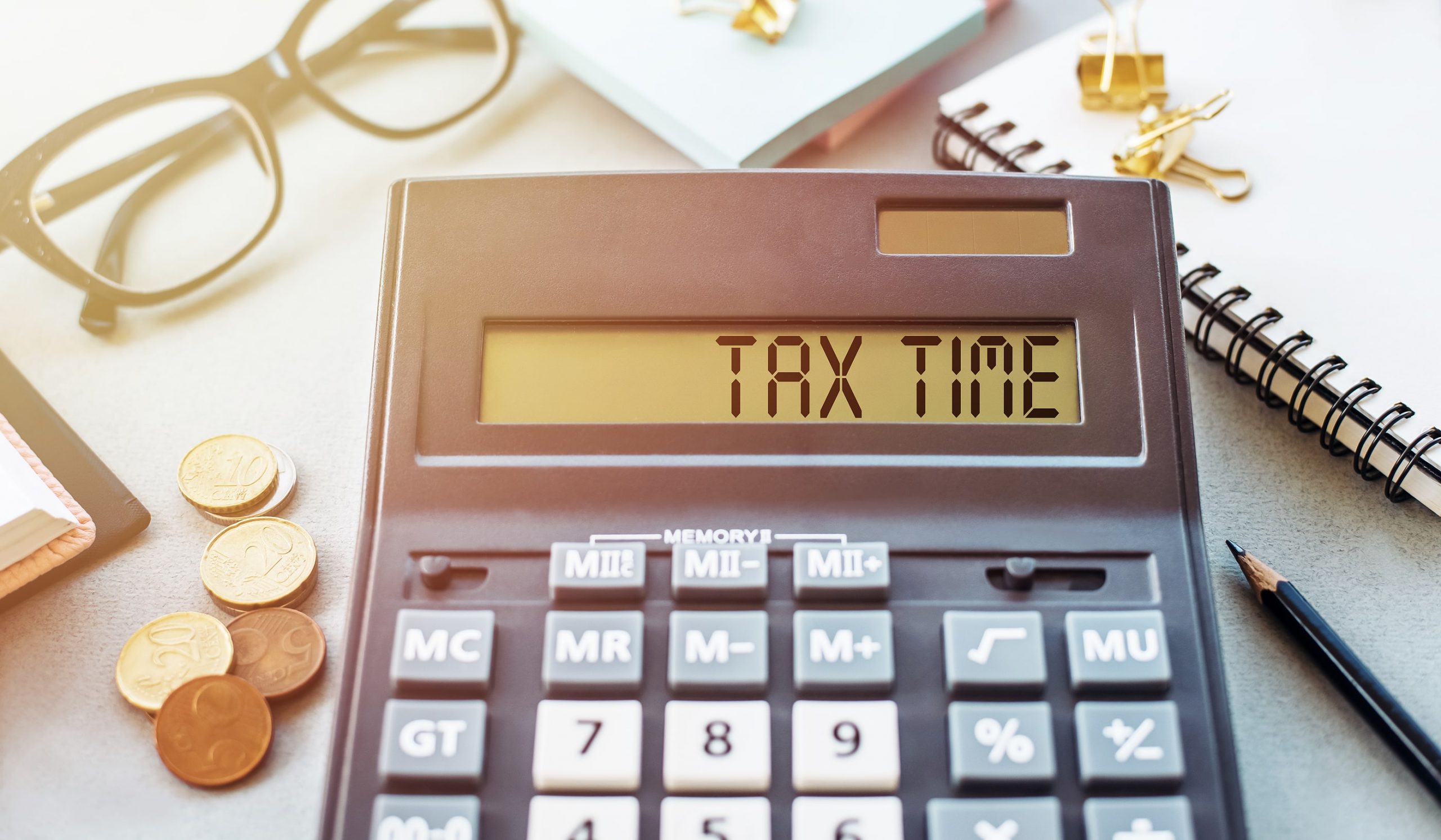
Yes, we’ve reached that time of year again — to start preparing and filing your tax return 2022. And while many of the pandemic-related tax credits are now phased out, you still have many options to maximize your tax savings for the 2023 tax season. As with any other year, these strategies will involve tax credits and deductions, filing early, utilizing the direct deposit option, and enlisting the help of a tax professional.
One question we get every year is, when is tax season? This year, Monday, January 23, 2023, is the first day the IRS officially starts processing and accepting tax returns for 2022. However, anyone who made less than $73,000 had the option to file ten days earlier on Tuesday, January 10, 2023, through the IRS’s free file program, which offers taxpayers the use of commercial tax filing software to complete and submit their returns. Also, the IRS has extended the deadline for filing by three days this year. You’ll have until Tuesday, April 18, 2023, to submit your tax returns 2022.
Filing early is often the best option for getting the quickest return possible, as you can avoid the inevitable processing delays that usually occur later in the tax season — though the IRS makes a habit of issuing most refunds in less than 21 days. Filing electronically and opting for your return to be deposited directly into your checking account can also help to get your refund earlier. Then, it’s just a matter of using the Where’s My Refund tool to monitor its progress.
Also, filing early has another benefit: protecting you against tax fraud, which has seen a spike in recent years. If someone were to get ahold of your Social Security number, it would be easy to file a return in your name. Prevent that from happening by filing as soon as possible.
The tactics for getting the most significant refund will vary from person to person based on various factors. If, for example, your home uses solar electricity, solar water heating, or small wind energy, you may be eligible for renewable energy credits, which can help lower your tax bill. The same would be true for any energy-efficient home improvement you made in 2022 — but these savings will come in the form of deductions.
For parents, your children could help in lowering your tax bill. The Child Tax Credit 2023 is a perfect example of this, worth up to $2,000 per eligible child — down from last year’s amount of $3,600 per child under the age of 6 and up to $3,000 per child between the ages of 6 and 17. The American Opportunity Credit 2023 works similarly, but, in this instance, it applies only to tuition expenses of up to $2,500 paid by you for a child going to college or university. There’s also the Child and Dependent Care Credit, which offsets the costs of up to $3,000 for one qualifying dependent and up to $6,000 for two or more qualifying dependents associated with either childcare or adult-dependent care
Anyone saving for retirement can leverage their 401(k)s, 403(b)s, and IRAs by maxing out their contributions. With 401(k)s and 403(b)s, these contributions come directly from your income, so there’s not much to do. It’s already been deducted, thereby lowering your reportable income. However, the last day to contribute to your 401(k) or 403(b) is usually the end of the calendar year. Make a note for next year to ensure you take advantage of this tax break. IRAs, however, allow you to contribute to these retirement accounts until the last tax filing day, which would be April 18 this year.
Just make sure you don’t go over your max in contributions. For 401(k)s and 403(b)s, the total amount for this year was $20,500. IRAs are much smaller, maxing out at $6,000 per year — or $7,000 if you’re 50 or older.
Other tax breaks that you could be eligible for might include:
Mind you, some of these only apply to those individuals who itemize their deductions. If you plan on taking a standard deduction, it still won’t hurt to crunch the numbers to see which would benefit your refund.
Please let us know if you have any questions or concerns about filing your returns for the 2023 tax season. A team member would be more than happy to discuss your options and work with you on your return.